Gem watch: Are spinels the next ‘big thing?’
by emily_smibert | August 16, 2017 1:45 pm
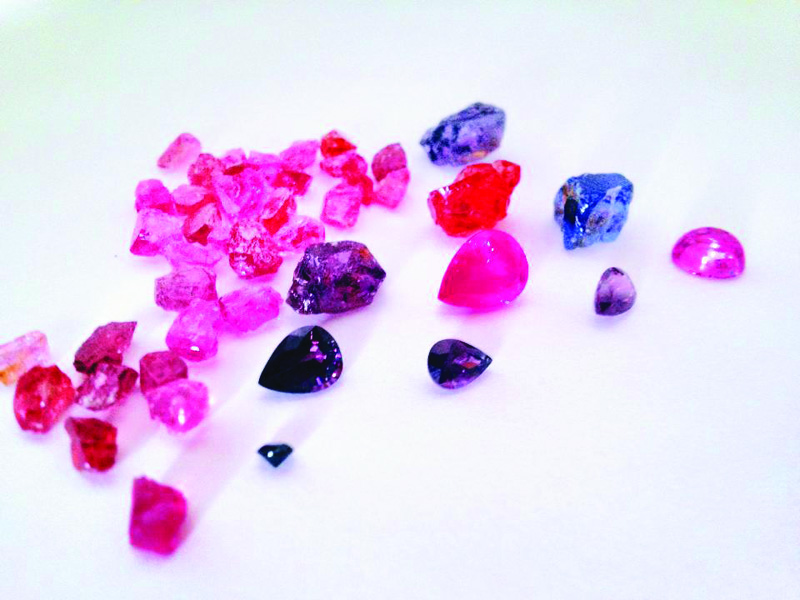 [1]By Lauriane Lognay
[1]By Lauriane Lognay
There’s no doubt, spinels, a gem often confused with rubies and sapphires, are gaining popularity. With its hardness of eight on the Mohs scale ranging from transparent to opaque, this gemstone will be taking the market by storm in no time.
What are spinels?
Its name comes from the Latin term ‘spina,’ meaning arrow because of its shape when in the rough. Most of the time, rough spinels contain well-formed octahedron, or double pyramid inclusions, and are frequently found in African and Middle Eastern countries including Sri Lanka, Tanzania, and Afghanistan. Before modern science, no one could tell the difference between a spinel and a ruby as the colours and chemical compositions are extremely similar. It wasn’t until the late-18th century when we developed technology to distinguish spinel as a separate mineral from ruby. However, in the late-1500s, gem traders in Myanmar were first to recognize spinel as distinctly different.
This confusion led to some spinels being mistaken for rubies in the past. Among these mistakes is the famous Black Prince’s Ruby found in the British Crown Jewels, which is still identified as ruby in the museum’s description of the crown today—balas ruby and spinel ruby are the older terms used before spinel became widely accepted.
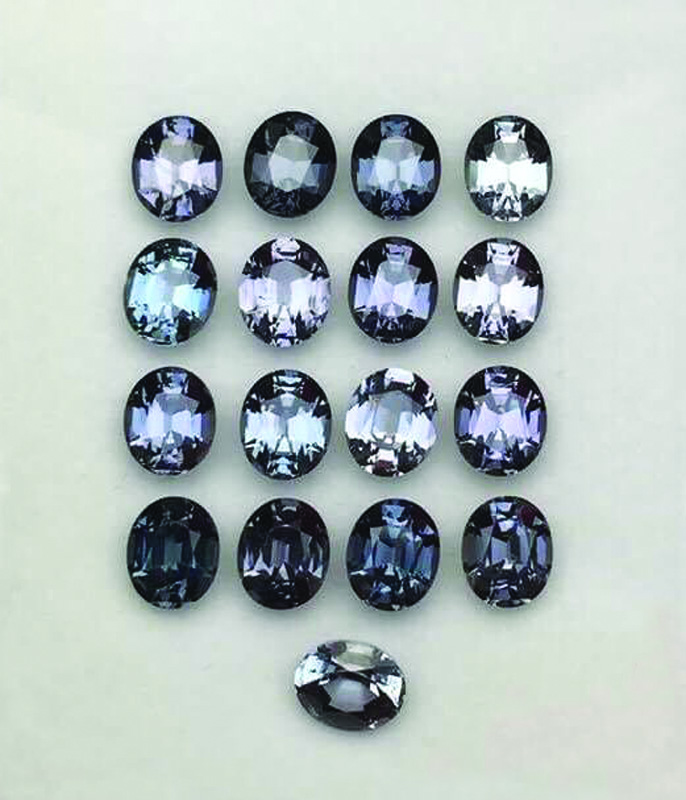 [2]
[2]Variety of gems
Spinels form in a broad spectrum of colours easily competing with rubies and sapphires for beauty. They typically range from a pale, reddish-orange to a deep red, and can also be found in cobalt blue.
There are also two other spinel colours worth noting: bright pink and grey. Though these two colours are rare to find in nature, this gemstone is one of the few to exhibit them naturally.
Not many pink gems are found naturally, so spinel is the perfect choice for pink-lovers, as it’s much more affordable than a fancy pink diamond. On the other hand, grey spinel is something else entirely. No other gemstone in the market is found naturally in this colour.
It can also be found, albeit more rarely, in yellow, orange, colourless, black, and green.
Changing times
Recently, the American Gem Trade Association (AGTA) and Jewelers of America (JA) announced spinel was to be made August’s other official gemstone alongside the peridot. This decision will open up a vast range of options for August babies who don’t enjoy greens, and jewellers looking to meet this new market demand.
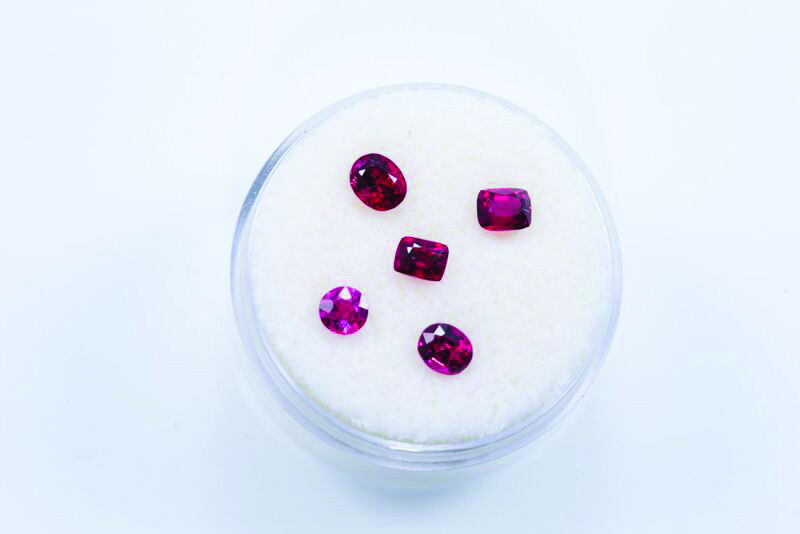 [3]
[3]The modern birthstone list, created by the JA in 1912, gained new gemstones in both 1952 and 2002. “At certain moments in history, when there is a strong call from gem enthusiasts to expand the list of official birthstones, JA believes in recognizing the importance of historically significant gemstones and giving gemstone lovers a choice that suits their preferences,” says JA president and CEO, David Bonaparte. Spinel’s addition to this list has been a long-awaited decision for some gemmologists and is an important announcement for the jewellery world, especially for retailers who offer birthstone pieces and for designers who are trying to creatively diversify. Variety matters.
Advantages of spinels
There are many advantages to using spinels in jewellery over other precious gemstones. Unlike peridot or emerald, the spinel is resistant to chemical and physical weathering. A spinel’s hardness makes them easy for bench jewellers to set in pendants and rings.
Spinels can also resist high temperatures without changing colour or breaking. They simply must be left to cool down slowly afterwards, so as to not stress the stone.
Since they are not yet as popular as rubies or sapphires in the retail market, prices are still inferior if comparing an eye-clean, perfectly-cut, deep-red coloured spinel to a ruby of the same quality.
 [4]
[4]It’s a similar situation for spinels akin to sapphires, as it’s possible to have the beautiful blue of a sapphire, for the price of a spinel. It makes the stone a good alternative. Although, with growing popularity, it won’t be long before spinel prices go up—it might even be a good investment idea, since spinels weighing over five carats are rare and hard to find.
Another advantage of this gemstone is it doesn’t have many treatments available to it. Only two have been detected: heating and fracture filling.
Heating was not a widely-practiced treatment until 2005 because it didn’t have any impact on the colour. It is uncommon to find treated spinels for sale in the market. Recently, however, heat has shown to improve transparency on gem material found in regions of Tanzania. Thus, the colour found in the spinel is its true, untreated colour.
For the fissure filling, using a microscope or a jeweller’s loupe, you can usually see iridescence along the filled fissure which serves to improve the clarity of the stone.
Natural vs synthetic
The synthetic spinel was accidentally invented in the mid-1800s, and circulated with a limited production. Through the 1930s, the gemstone began to gain popularity again when it was found in multiple colours imitating stones such as aquamarine, zircon, emerald, and ruby. The first time people started to encounter spinel was when synthetics started to appear as birthstones mounted in inexpensive settings. Today, it’s easy to distinguish natural from synthetic spinels.
Natural spinels have inclusions like small crystals in them, some may have small fractures, and what gemmologists call a diagnostic inclusion. This means if you can see the inclusion in the gem, it can only be a natural spinel. If you find the signature octahedron or double pyramid inside a stone, it’s a diagnostic inclusion for spinel which a synthetic will not have.
However, if you have no luck identifying the gemstone and can’t see any inclusions, a local gemmologist will do the necessary testing to help you determine its nature.
With a fine gemstone like spinel on the market, designers and bench jewellers alike can finally re-define high-end jewellery and offer customers quality gems with few limitations of colour.
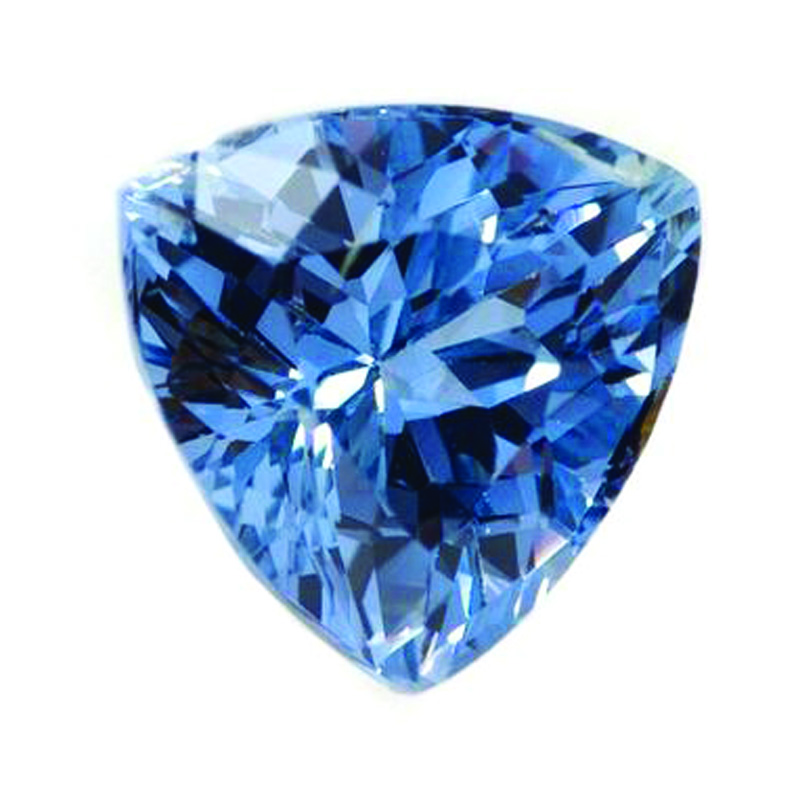 [5]
[5]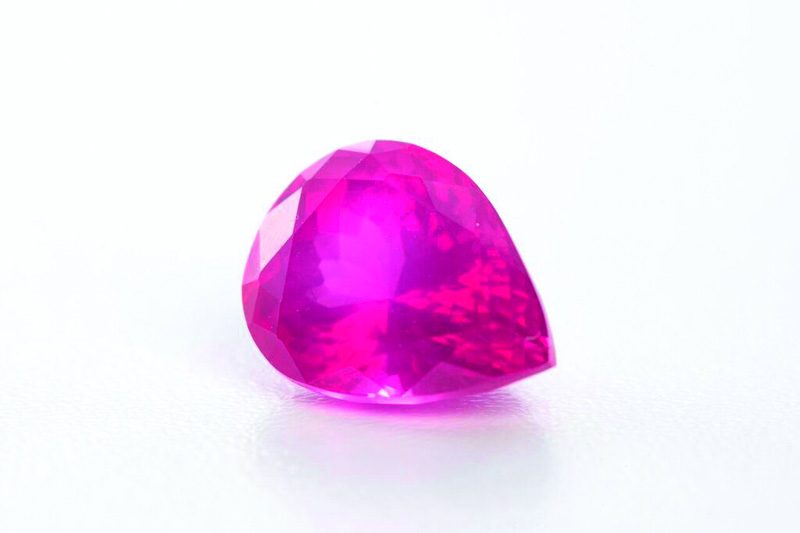 [6]
[6]
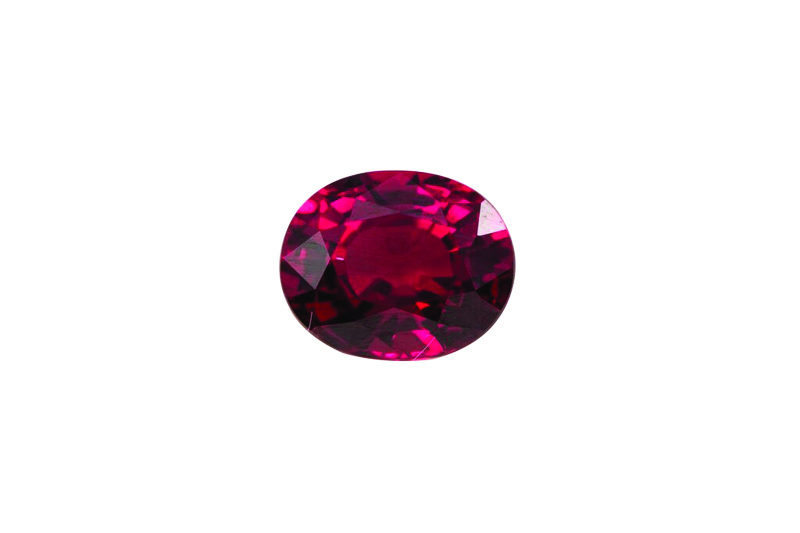
Lauriane Lognay is a fellow of the Gemmological Association of Great Britain (FGA), and has won several awards. Today, she is a gemstone dealer working with jewellers to help them best decide the stones for their designs. She is the owner of Rippana Inc., a Montreal-based company working internationally in coloured gemstones, lapidary, and jewellery services. Lognay can be contacted via e-mail at rippanainfo@gmail.com.
- [Image]: https://www.jewellerybusiness.com/wp-content/uploads/2017/08/Rippana-inc.-Colored-spinels-and-rough.jpg
- [Image]: https://www.jewellerybusiness.com/wp-content/uploads/2017/08/Rippana-inc.-Chic-grey-spinels-2.jpg
- [Image]: https://www.jewellerybusiness.com/wp-content/uploads/2017/08/Rippana-inc.-different-reds-in-spinels.jpg
- [Image]: https://www.jewellerybusiness.com/wp-content/uploads/2017/08/2.jpg
- [Image]: https://www.jewellerybusiness.com/wp-content/uploads/2017/08/blu.jpg
- [Image]: https://www.jewellerybusiness.com/wp-content/uploads/2017/08/spinel3.jpg
Source URL: https://www.jewellerybusiness.com/features/gem-watch-are-spinels-the-next-big-thing/

